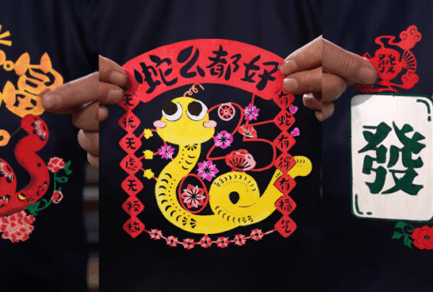JD.com’s 618 Grand Promotion officially commenced at 8:00 PM (UTC+8) on May 30, captivating shoppers worldwide with quality products and high-impact deals. In the first hour, Gross Merchandise Volume (GMV), total orders, and active shoppers all increased by more than 200% year-over-year (YoY). More than 20,000 brands recorded over threefold growth in GMV YoY.
JD.com Further Strengthens Its Leading Position in Home Appliances and Electronics
GMV in the home appliance and electronics categories surged over 380% YoY in the first hour. Apple, Xiaomi, Midea, Huawei, and Haier each surpassed RMB 100 million in GMV very quickly within the first hour of the promotion. GMV for over 10,000 trending electronics products increased more than tenfold. Meanwhile, over 500 home appliance and home living brands also saw GMV grow more than tenfold YoY.
Daily Essentials Category Demonstrates Robust Growth
JD Super, JD.com’s fast-moving consumer goods division, reported that GMV for new products doubled across more than 1,000 brands. GMV for cooking oil surged by 33 times YoY, while it increased tenfold for paper products. GMV for both feminine hygiene and laundry care products increased by threefold. Meanwhile, pet food for cats and dogs saw GMV grow 422% YoY.
In addition, over 600 apparel and footwear brands and more than 500 beauty brands recorded over 100% YoY growth. Tiffany, BVLGARI, and Dior each achieved more than fivefold growth.
Cross-Border and Global Sales Show Accelerated Momentum
In the first hour of the promotion, sales of imported wine on JD Worldwide rose more than threefold YoY. Among leading fragrance brands, Versace, Penhaligon’s, and Chanel saw YoY sales increases of over 300%, 200%, and 170%, respectively. Japanese sake brand Hakutsuru recorded fourfold YoY growth.
GMV and order volume in Hong Kong and Macao increased over 7 times YoY. Categories such as refrigerators, flat screen TVs, washing machines, air conditioners, and graphics cards all saw over 20-fold GMV growth. Products from Apple, Xiaomi, Midea, and JD’s private label, J.Zao, were especially popular among Hong Kong customers, with GMV increasing by more than 12 times YoY.
In global markets, JD Global Sales, JD.com’s cross-border e-commerce business for overseas Chinese customers, reported a ninefold YoY increase in GMV during the first 20 minutes of the promotion, with orders rising more than threefold. Jewelry orders grew by 16 times, GMV of digital products increased nearly four times, GMV of home appliances grew by more than three times, and orders for computers and office products increased 210%. Notably, users in Singapore showed strong demand for JD.com’s high-quality products, with order volume rising by over 7.7 times YoY.
Advanced Technologies Ensure a Seamless Shopping Experience
JD Cloud continues to power the 618 Grand Promotion with cutting-edge technologies. In the first hour of the promotion, usage of JD Cloud’s JoyBuild large language model (LLM) development platform surged 242% compared to the same period during last year’s Singles Day promotion. LLM capabilities have been deeply integrated across the entire 618 event.
This year, JD Cloud opened five major AI-powered marketing tools to third-party merchants free of charge for the first time. Its digital representative technology has served over 13,000 brands, while Jingxiaozhi 5.0, JD’s AI-powered merchant service platform, now supports over 900,000 merchants.
JD Logistics Ensures Nationwide Fulfillment with Technology at Scale
To support this year’s 618 event, JD Logistics (JINGDONG Logistics) deployed its largest-ever rollout of advanced technologies across its national intelligent logistics infrastructure. The company’s cutting-edge solutions, including its goods-to-person systems, autonomous delivery vehicles, automated rebin walls, AI Brain, and smart sorting systems, were implemented at scale to ensure speedy and accurate delivery in more than 400 cities.
(press@jd.com)




 JD’s Jingxi to Donate 100,000 Anti-COVID Kits to Nanjing Residents
JD’s Jingxi to Donate 100,000 Anti-COVID Kits to Nanjing Residents



